How to Fix Slow Steam Updates
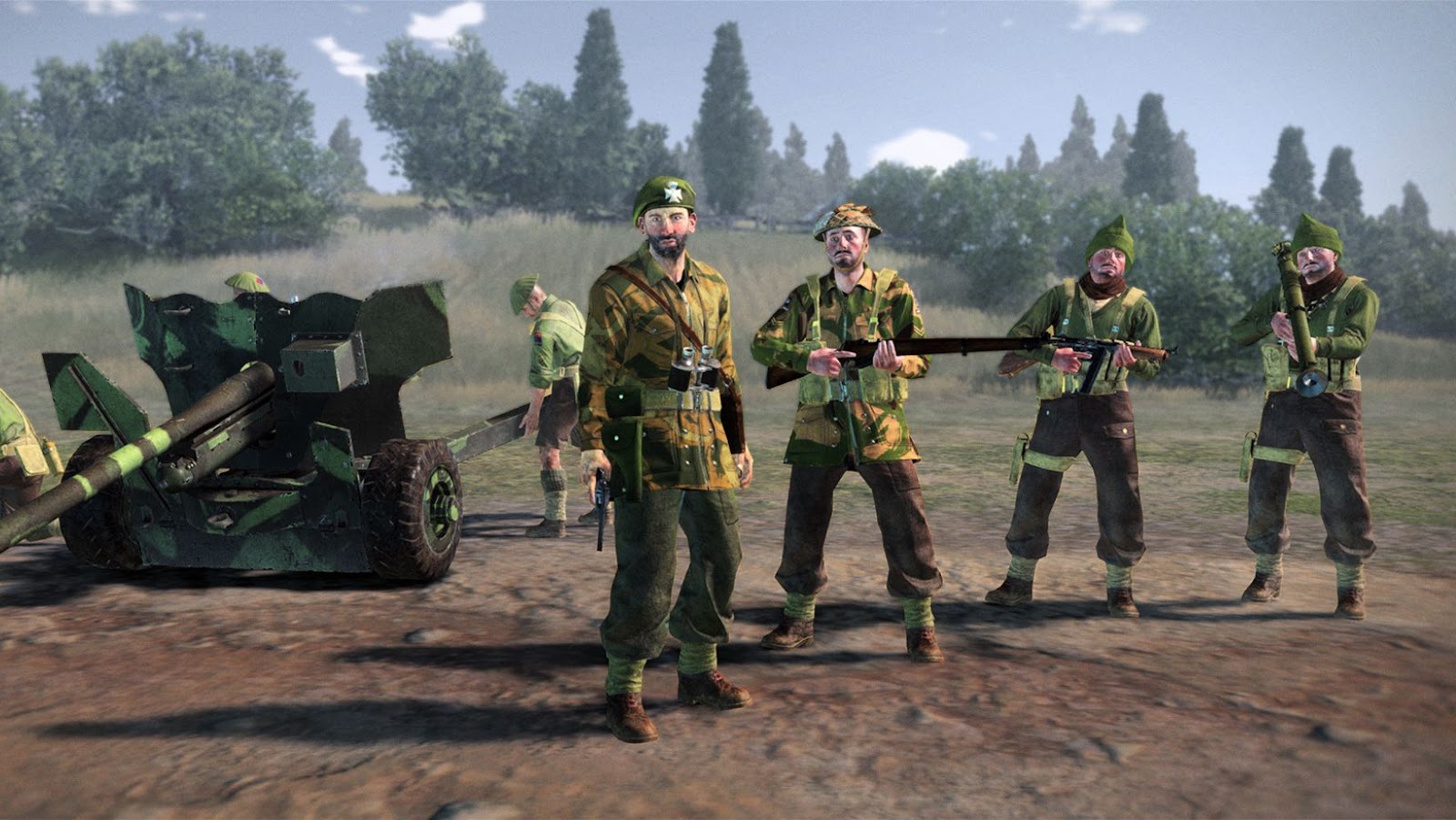
Are you frustrated with slow Steam updates? You’re not alone. Downloading patches and updates for your favorite games can be a time-consuming and tedious process, but it doesn’t have to be.
In this article, we’ll show you how to quickly get your Steam games up-to-date.
Introduction
Welcome to our step-by-step guide on how to fix slow steam updates for Company of Heroes 3. If you’ve been asking “why is my steam update taking forever?” then you’ve come to the right place. We’ll explain some of the possible reasons why your steam update is taking so long and help you troubleshoot the issue so that your updates go through quickly and smoothly. Whether it’s caused by network issues, slow download speeds, or something else, we have some solutions to help speed up your updates. Follow along with this guide for a thorough understanding of the problem and a few methods to try in order to resolve it so you can continue playing Company Of Heroes 3.
Company of Heroes 3 Why is my Steam Update Taking Forever
Slow Steam updates can happen when you’re trying to install a Steam game or patch. There are several possible causes of slow updates, from issues with your internet connection to an overloaded Steam server. To resolve your issue and get back to gaming quickly, it’s important to identify the cause of the update delay.
Common causes for slow or stuck Steam updates include:
- Insufficient internet bandwidth
- Interference from anti-virus programs or firewalls
- High traffic on the Steam servers
- Issues with ports used for downloading games and updates
- Issues with Windows OS files related to the application cache
- Outdated drivers and software configurations on your device
- Network contention due to multiple devices accessing the same network resources
1. Check Your Internet Speed: The speed of your internet connection can affect how quickly an update downloads, so run a speed test before attempting any of the other steps listed here. Select ‘run anyway’ if prompted by Windows Security.
2. Disable Windows Firewall Protection: At times, Windows Firewall will block certain services required by steam which can cause slow download speeds so disabling this protection may be beneficial in this situation, depending on your device configuration. Ensure that you turn it back on once you’ve completed any necessary downloads/updates!
3. Stop other Devices from Using Your Network: If multiple devices are downloading or streaming data at once over the same network, this can cause contention which reduces speeds for everyone connected significantly – try turning off all other devices that may be actively using data while attempting any necessary downloads/updates!
4. Check Your Connection Settings: See if there are any recent configuration changes needed in order to allow steam access as intended – check under firewall settings in particular as these can often interfere with successful connections/ download speeds!
Troubleshooting Step 1: Check Your Internet Connection
If your Steam is taking a long time to update, one of the most likely culprits is your internet connection. A slow or unstable connection can cause downloads to take longer than expected, or fail completely. Before attempting more advanced troubleshooting steps, it’s a good idea to make sure that your internet connection is working properly. There are a few things you can do to check the status of your internet:
– Run an online speed test on sites such as SpeedTest.net or Fast.com
– Try testing a different device on the same network and see if there’s any difference in download speed
– Make sure you’re connected to the correct Wi-Fi network, if applicable
– Try troubleshooting your router settings and restarting it (if applicable)
– Contact your ISP for help if all else fails
Once you’ve ensured that your internet connection is stable, you’re ready to proceed with further troubleshooting steps for slow Steam updates.
Troubleshooting Step 2: Clear Download Cache
Clearing the download cache can help resolve some types of slow Steam updates. To clear your download cache, follow the steps below:
1. Visit the Settings page in your Steam client by clicking on Steam at the top-left corner and selecting “Settings”.
2. In the Downloads tab, click on ‘CLEAR DOWNLOAD CACHE’.
3. Click Ok to confirm and start the process of clearing your download cache.
4. After Steam confirms that your download cache has been cleared, restart MachineGames Official Update Client by clicking “Restart”.
5. Check if your update speed has been improved by running a new speed test through your network settings or with a testing tool such as Speedtest.net or Ookla.
6. If you are still seeing poor speeds, try using a different connection type (such as wifi vs Ethernet) or try switching networks altogether if you have access to another network connection in your area (e.g., A different ISP).
7. If you are still having issues with downloading games and updates from Steam, contact MachineGames Support for assistance with further troubleshooting on specific troubleshooting steps tailoring to your situation!
Troubleshooting Step 3: Verify Game Files
It is possible that Steam may take longer to finish downloading a patch. One potential fix involves verifying the integrity of your game files. This can be done by right-clicking on the game title in your library, clicking on Properties, then selecting the Local Files tab and clicking the Verify Integrity of Game Files button. This will cause Steam to check all game files against checksums stored by Valve, if any mismatches are found they will attempt to re-download the erroneous file automatically.
If your issue is with a third party mod or patch, try reinstalling or updating them from the official source. Additionally, it’s worth checking if there are any helpful notifications or hints within your game’s community hub or from its developer’s social media accounts – as updates can sometimes need additional info for completion.
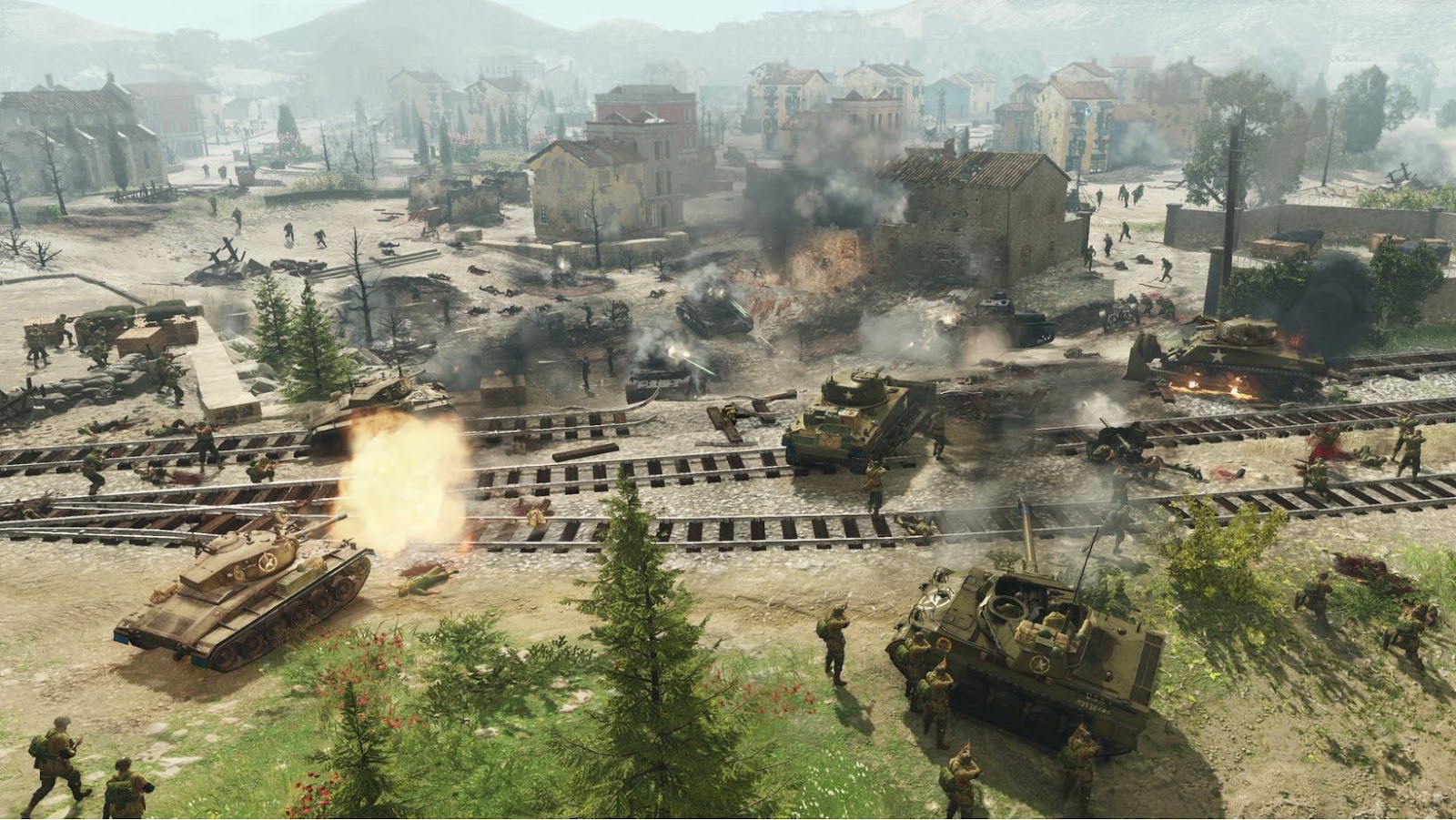
Troubleshooting Step 4: Update Your Graphics Card Drivers
Updating your graphics card drivers may help with improving the steam update speed. If you don’t keep up-to-date with regular updates to your graphics card drivers, this could be the cause for a slow steam update. Outdated drivers can result in fewer resources being updated and processed, leading to a slower Steam download rate.
To check if your drivers are outdated, search for “device manager” in the Windows 10 search bar and select it. Then go to “Display Adapters” and right click on your device. Select “Update Driver” if it is available and then follow the instructions on the screen. If this isn’t available, you can head over to your graphics card manufacturer’s website to download their latest drivers and install them manually.
Once updated, restart Steam and see if this has solved your problem or not. If you are still experiencing slow Steam download speeds after updating the drivers, try our next troubleshooting step for further debugging advice!
Troubleshooting Step 5: Reinstall The Game
If all other troubleshooting steps have been unsuccessful, you may need to reinstall the game that is experiencing slow steam updates. This can often fix issues caused by corrupted or incomplete files. Before continuing with this step, make sure you have deleted any temporary files or old data associated with the game. If this hasn’t been done before, any remaining files can cause problems during the reinstallation process. It’s also recommended to back up your save games and custom settings before uninstalling a game in case they are needed later on. When you’re ready, open up Steam and navigate to your Library page. Find the game associated with your slow update and right-click its listing. Select the Uninstall option from the menu that appears and follow any prompts to finish deleting it from your computer’s storage. Once your steam update is complete you can reinstall the same game version you previously had or select a different version if available. To proceed: navigate back to Library -> find the desired game in your list -> right-click -> select “Install” -> follow further prompts as they appear on-screen until fully installed. At this point, restart Steam and check if progress is still being made on updates for the particular game you were having trouble with earlier – hopefully things should now be running smoothly (or at least faster). If not, double check that all steps required for a successful uninstall/reinstall took place correctly and contact Steam Support if assistance is still needed after that.
Conclusion
Before you start troubleshooting, it is important to restart your computer. This will force Steam to refresh its library of files, which can help speed up the download process. If that doesn’t solve the issue, then you may want to try clearing your download cache, limiting bandwidth usage in Steam or running a disk check. While these methods are not guaranteed to fix slow download speeds for all users, these methods can help fix common issues related to slow downloads in Steam. If all else fails, you may need to contact Steam support for further assistance.


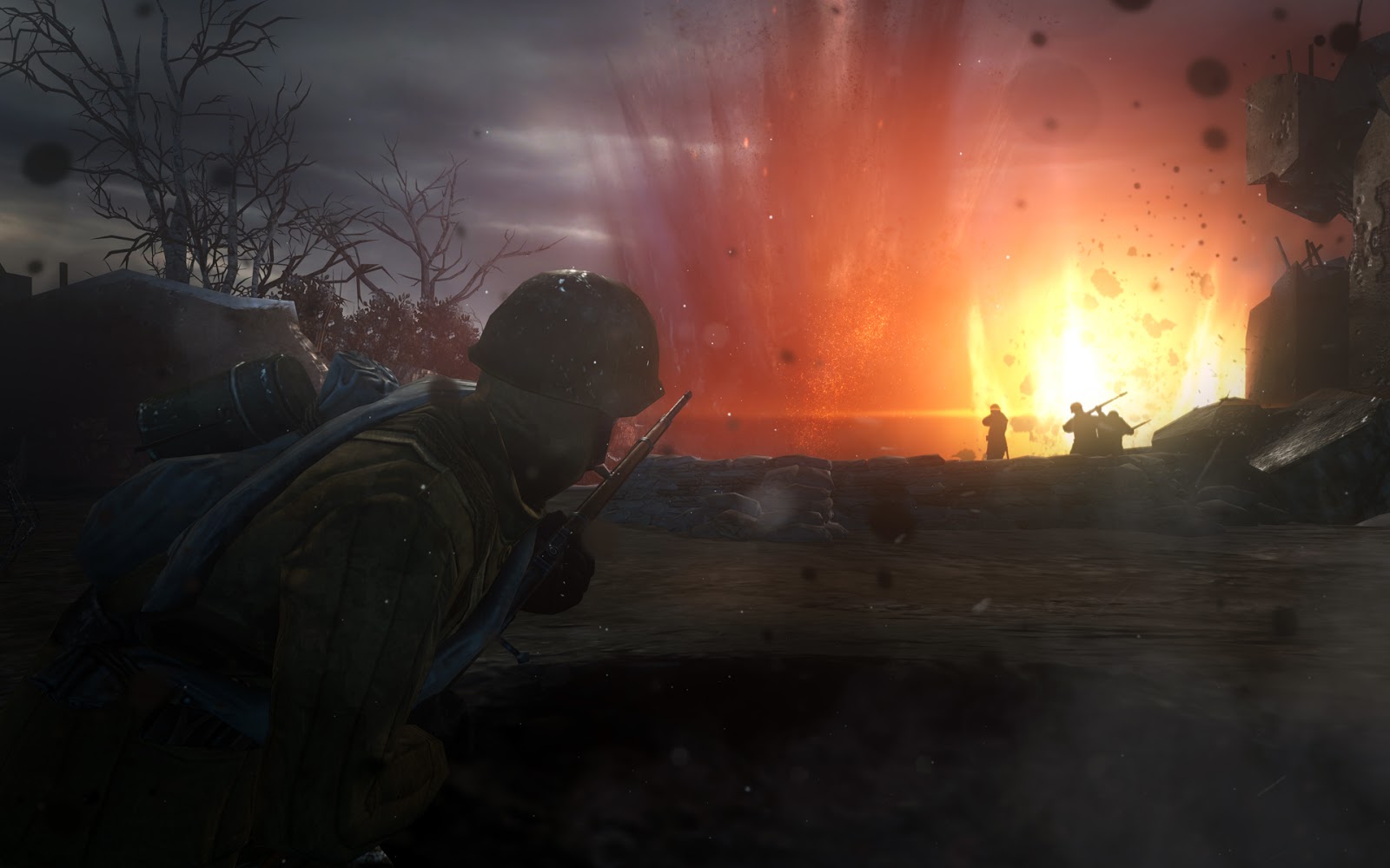 The Speculated Setting And Story For Company of Heroes 3
The Speculated Setting And Story For Company of Heroes 3  The Popularity of Company of Heroes 3
The Popularity of Company of Heroes 3 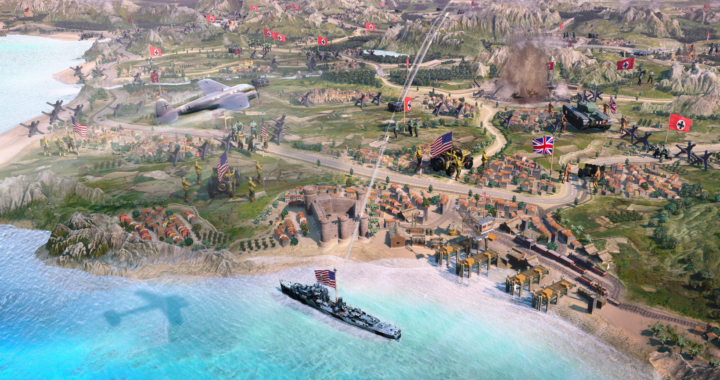 The Good And Worst of Company of Heroes 3
The Good And Worst of Company of Heroes 3 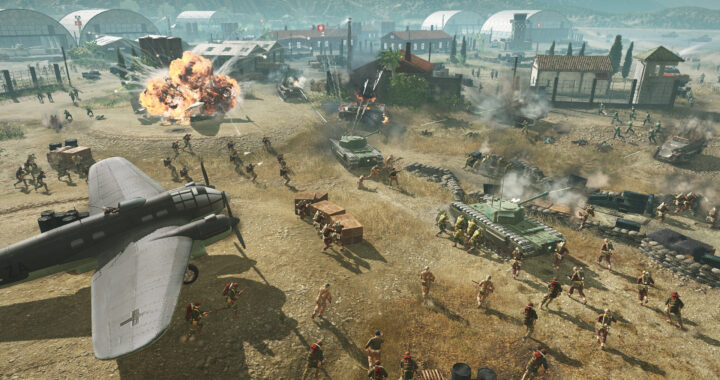 The Different Ways That Company of Heroes 3 Could be Played
The Different Ways That Company of Heroes 3 Could be Played  The Cost Price of Xbox Game Pass Ultimate
The Cost Price of Xbox Game Pass Ultimate 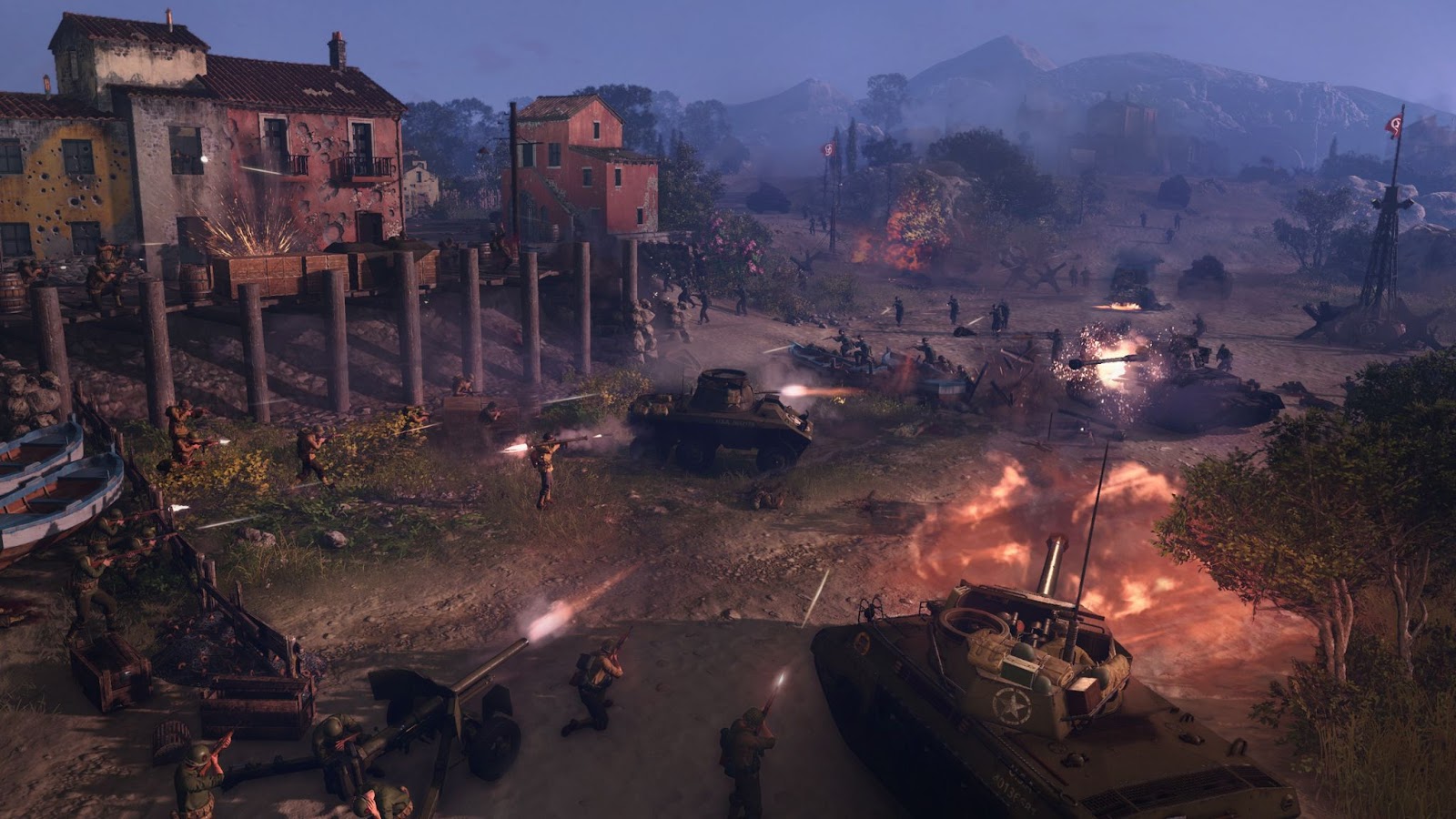 The Basics of Company of Heroes 3 Pre-Alpha
The Basics of Company of Heroes 3 Pre-Alpha